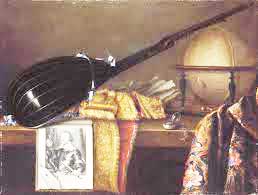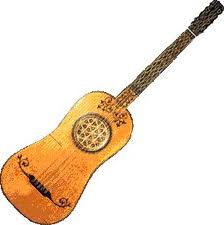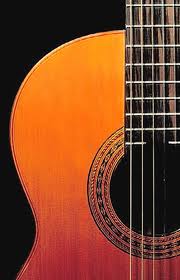Spanish Music of the Baroque
Most schools will tell you that the remarkable development of Renaissance music in Spain from the end of the XV and through the XVI centuries was such that, while the Baroque aesthetic gained primacy over the rest of the artistic tendencies, Spanish Baroque music never reached the heights of the generation that preceded it.

Among the composers that contributed to the transition from the classical influences of the Franco-Flemish school to the more autochthonous ornamentation found in Spanish Baroque music can be found Alonso Mudarra and Vicente Espinel. The former wrote an important treatise on the art of the vihuela, Tres libros de música en cifra para vihuela, which contributed to the notation and structure of musical pieces.
Vicente Espinel, on the other hand, is credited with the development of the four-course guitar into a five-string instrument. While Espinal was an accomplished musician and a journeyman professor, it was in poetry that he fancied himself as an expert, inventing the decima, a previously unused verse in Spanish. Indeed, he seems to have taught Lope de Vega, to have known Luis de Góngora personally and to have been highly regarded by Cervantes.
However, the first composer of the time to move decidedly away from the received tradition of the Renaissance and in the direction of Baroque music was probably Francisco Correa de Arauxo. Born in Seville in 1584, his Libro de tientos remains one of the most singular treatises on the practice of music of the XVII century, particularly in relation to the temperament of the Spanish organ, which featured unique characteristics.
Spanish Guitar

Meanwhile, the evolution of the guitar continued and towards the beginning of the XVII century it had established itself as the Spanish instrument par excellence. Thus, while a great number of musicians at the time mastered everything from the clavichord to the organ, it was string instruments (the vihuela, above all) that made the greatest impact in the music scene. In this respect, perhaps the first theorist to write about the artistry of the guitar and the technique to best perform at it was Gaspar Sanz.
Educated at the University of Salamanca, Sanz travelled extensively in the kingdom of Naples, at the time in Aragonese hands, before returning to his homeland of Saragossa, where he would publish his Instrucción de música sobre la guitarra española (Musical Instruction Regarding the Spanish Guitar, which would craftily combine lessons learned in Italian lands with tendencies brewed in the Spanish tradition.
Additionally, the XVII and XVIII century saw a surge in the interest on theoretical postulates on Baroque music. An important contributor in this respect is Pablo Nassarre (1650-1730). Blind from his birth, Nassarre established a renowned music school and became one of the most important musical theorists with the publication of his Escuela música según la práctica moderna (Music School of Modern Style, which compiled the received knowledge of the time, going all the way back to Boethius.

Nassarre himself instructed another of the important performers of the time, José de Torres, whose Italian influence would lead to changes in the general characteristics of Spanish Baroque music towards the beginning of the XVIII century. José de Torres also established an specialised publishing house, which focused solely on music sheets and theory.
The path was laid for Spanish music to undergo important changes in its style, as the Italian influence carved its way into the established tradition. The following century would see the emergence of the seguidilla and the domination of a Classicism of sorts that would also permeate the canon of the guitar. But this would all be temporary, because common folklore would be the main criterion to rule the art of the guitar in the future.
